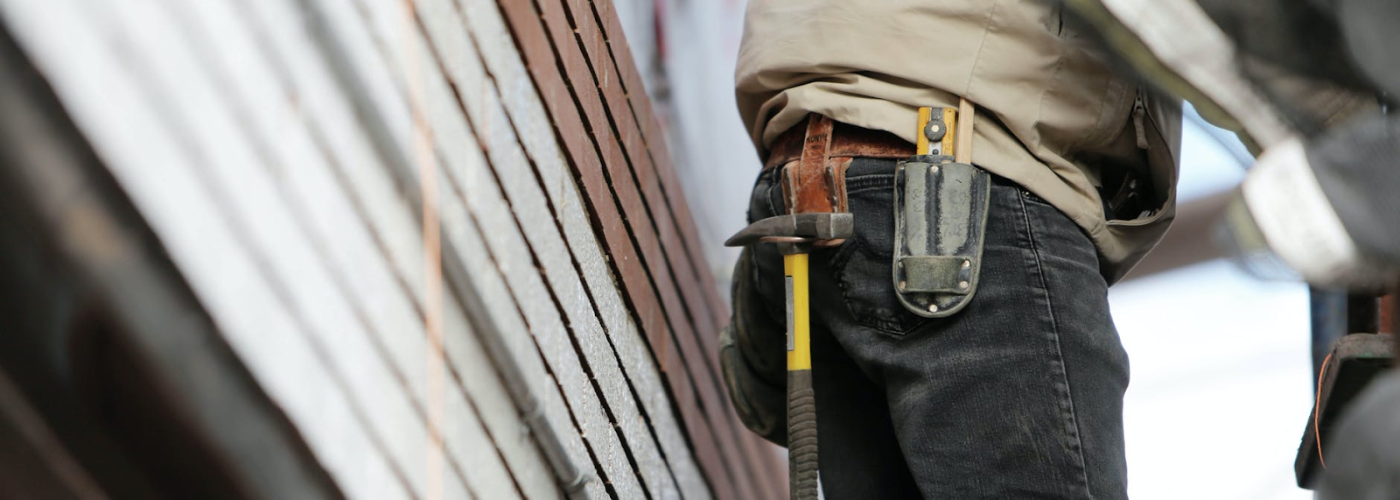With the advent of the pandemic, more and more communities across the country are relying on the steady supply of migrant labour to keep construction projects going. Taylor Wimpey and other builders make heavy use of legal migrant workforces that are prepared to continue working, despite the current restriction on daily life.
Unfortunately, these same workers are often at the highest risk of injury. According to data from the Centre for Corporate Responsibility, migrants are more than twice as likely to injure themselves or die at work compared to their non-migrant counterparts. Therefore, the construction industry needs to make improvements in its safety record.
How such efforts should proceed, however, is a matter for debate. Currently, there are two main candidates for employers: safeguarding training and further investment in health and safety education.
At the moment, there are a variety of organizations looking to improve migrant safety across the country. The hope is that they can close the knowledge gap and provide overseas students with the same level of knowledge as those already here, making it less likely that they will take risks on the job. Simple strategies, such as teaching about the importance of wearing harnesses when working at heights, can all help.
In this post, we take a look at some of the techniques that the construction industry can use to improve its migrant safety record and boost outcomes for this particular category of workers.
Ensure That Workers Can Work
The first thing construction firms need to do is ensure that migrant workers are allowed to work in the country. You’ll want to check with your local law office to see whether they have the necessary documentation. Remember, fines are rising for employing people not eligible to work in the country. Workers need to be able to legally work to ensure that they can do so safely, as well as meet various immigration and government quotes.
Invest In Wellbeing Opportunities
While overseas workers are often willing to work for less than their domestic counterparts, companies still need to invest in their well-being. The main issue here is often a lack of understanding of the language. If workers can’t understand the nuances of the instructions that you give them, they will find it hard to stay safe. Many construction companies are, therefore, investing in English language communication to give their workers the tools they need to thrive on the job.
Provide Access To Resources
Some migrant workers will not have resources on home devices, such as tablets or laptops. For that reason, companies should find ways to provide them directly. For instance, you might have an amazing health and safety course you provide online via the cloud. But if your workers don’t have a device to play it on at home, then it won’t be able to help them.
Make Learning Engaging
Lastly, construction companies need to ensure that their learning is engaging and, hopefully, in a language that workers understand. While communicating in English is preferably on the building site, local-language health and safety instruction may improve compliance.





